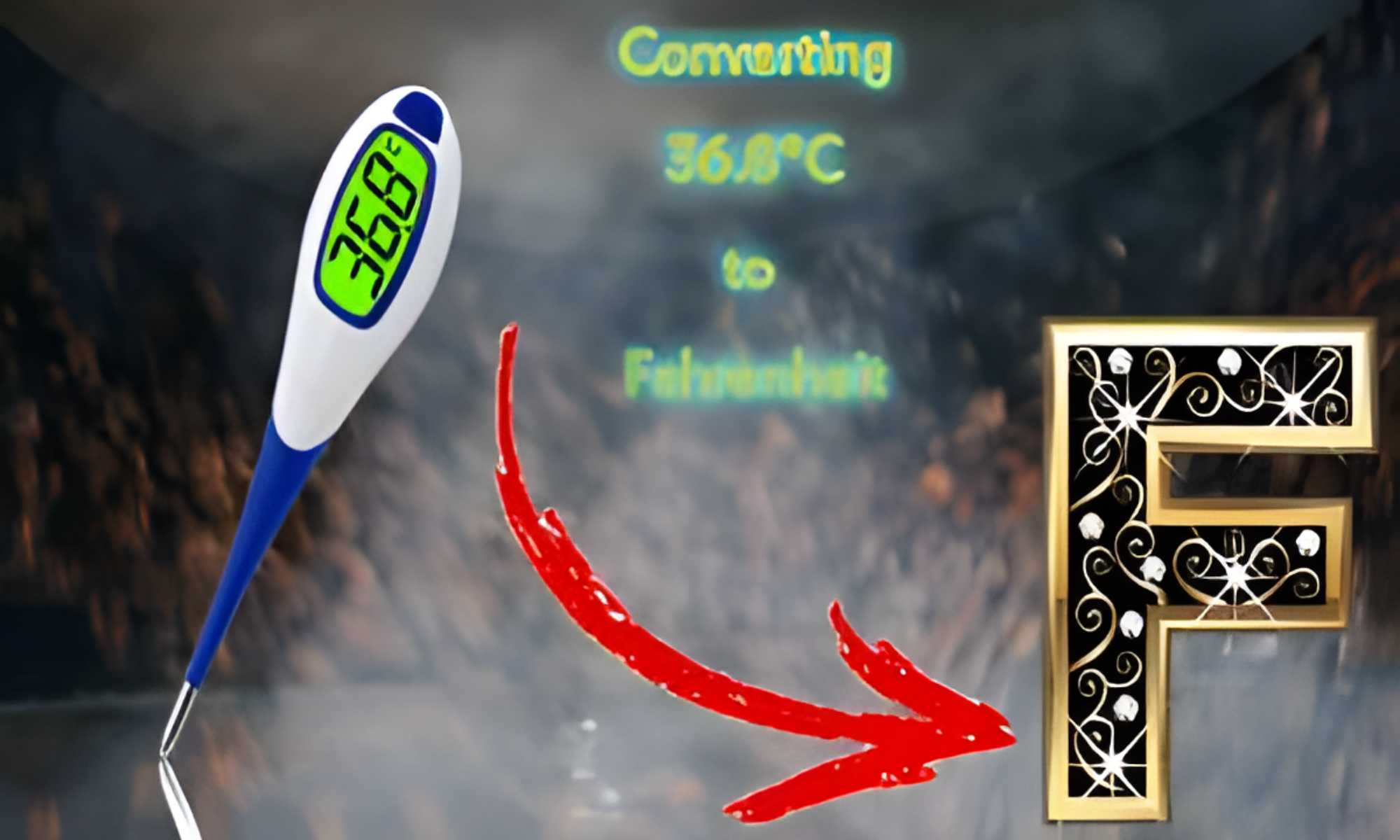Introduction
In this article, we delve into the essential role temperature plays in our daily experiences, affecting aspects like weather and wardrobe choices. Specifically, we’ll unravel the process of converting 36.8 c to F, shedding light on the intricacies of temperature measurement and the formula involved in this conversion.
Understanding Celsius and Fahrenheit
Celsius and Fahrenheit are two prominent temperature scales that play a pivotal role in everyday life, influencing various aspects such as weather reports, cooking, and scientific research. Understanding these scales is fundamental for individuals from different walks of life, whether you’re a student, a meteorology enthusiast, or someone simply navigating daily temperature-related decisions.
The Celsius scale, denoted by the symbol °C, is widely utilized in scientific contexts and adopted by most countries globally. Its defining points are the freezing and boiling points of water under standard atmospheric pressure.
Water freezes at 0°C and boils at 100°C, providing a convenient and easily reproducible scale for temperature measurement. This scale is compatible with the metric system, making scientific calculations easier and making it a popular choice for international standardisation.
In contrast, the Fahrenheit scale, represented by °F, is more widely used in the United States. Under the same conditions, the freezing point of water on this scale is 32°F and the boiling point is 212°F. Unlike Celsius, the Fahrenheit scale has finer increments, making it more suitable for everyday temperature ranges. However, the difference in zero points and degree size between Celsius and Fahrenheit can create challenges for those not accustomed to working with both scales.
Converting temperatures between Celsius and Fahrenheit involves a straightforward mathematical formula. To convert Celsius to Fahrenheit, use the following formula: °F = (°C 9/5) + 32. To obtain the equivalent Fahrenheit temperature, multiply the Celsius temperature by 9/5 and then add 32. It’s a handy tool for anyone needing to interpret temperatures across these two scales.
Understanding these scales becomes particularly crucial when interpreting weather forecasts, where temperatures are often given in both Celsius and Fahrenheit. Whether you’re planning a trip abroad, cooking a recipe from another country, or studying scientific literature, the ability to navigate between these temperature scales enhances your comprehension and decision-making.
Converting 36.8 C to F
Now, let’s address the central question of the article: how to convert 36.8 degrees Celsius to Fahrenheit?
Formula is given below:
\[ °F = (°C \times \frac{9}{5}) + 32 \]
Applying this formula to our given temperature of 36.8°C:
\[ °F = (36.8 \times \frac{9}{5}) + 32 \]
\[ °F = 98.24 + 32 \]
\[ °F = 130.24 \]
Therefore, 36.8°C is equivalent to 130.24°F. This conversion allows us to bridge the gap between Celsius and Fahrenheit, providing a clearer understanding of temperature values.
36.8 degrees C to F:
– The conversion of 36 8 C to F yields a result of 130.24°F, showcasing the relationship between these two temperature scales.
Convert 36.8 C to F:
– The process to convert 36.8°C to Fahrenheit involves multiplying the Celsius value by \(\frac{9}{5}\) and adding 32, yielding a Fahrenheit temperature of 130.24°F.
Conclusion
In conclusion, understanding temperature conversion is crucial for navigating diverse climates, scientific research, and everyday activities. Converting 36.8°C to Fahrenheit demonstrates the application of a simple formula that allows us to express temperatures in different scales. By integrating related keywords throughout this article, we’ve explored the various ways people might search for information on this conversion, ensuring that the content remains accessible and relevant.
FAQs:
Q: What is the significance of converting temperatures from Celsius to Fahrenheit?
A: Converting temperatures between Celsius and Fahrenheit is essential for international communication, scientific collaboration, and practical applications such as travel and weather forecasting. Different regions use different scales, and a standardized conversion allows for universal understanding.
Q: How do I convert 36.8°C to Fahrenheit?
A: Apply the conversion formula: \( °F = (36.8 \times \frac{9}{5}) + 32 \). The result is approximately 130.24°F.
Q: Can I use an online converter instead of the formula?
A: Yes, several online tools can convert temperatures between Celsius and Fahrenheit. However, understanding the formula provides insight into the conversion process.
Q: Why are there different temperature scales globally?
A: Different countries adopted different temperature scales historically. Celsius is widely used in scientific contexts and globally, while Fahrenheit is primarily used in the United States.
Q: Are there scenarios where Celsius is preferred over Fahrenheit?
A: Celsius is commonly used in scientific research, education, and global weather reporting. It is the standard unit in many countries and international scientific collaborations.
Q: How precise are temperature conversions using the formula?
A: The conversion formula provides precise results. However, rounded values are often used in practical situations for simplicity and ease of communication.
Q: Can I use the Celsius to Fahrenheit conversion for negative temperatures?
A: Yes, the conversion formula applies to negative temperatures as well. Simply substitute the negative Celsius value into the formula to obtain the corresponding Fahrenheit temperature.
Q: Are there mobile apps for temperature conversion?
A: Yes, there are several mobile apps that offer temperature conversion features. These apps can be convenient for quick conversions on the go.
Q: How does temperature conversion impact weather forecasting?
A: Weather forecasting requires consistent temperature units for accurate predictions. Converting temperatures ensures that meteorologists can communicate forecasts globally, fostering collaboration and a better understanding of climate patterns.
Please explore our site for more exciting content if you liked this article





